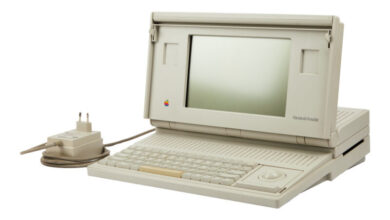Broadcom’s prohibitive VMware prices create a learning “barrier,” IT pro says

When the COVID-19 pandemic forced kids to stay home, educators flocked to VMware, and thousands of school districts adopted virtualization. The technology became a solution for distance learning during the pandemic and after, when events such as bad weather and illness can prevent children from physically attending school.
But the VMware being sold to K-12 schools today is different from the VMware before and during the pandemic. Now a Broadcom business, the platform features higher prices and a business strategy that favors big spenders. This has created unique problems for educational IT departments juggling restrictive budgets and multiple technology vendors with children’s needs.
Curriculum impacted by IT delays
Ars Technica recently spoke with an IT director at a public school district in Indiana. The director requested anonymity for themself and the district out of concern about potential blowback. The director confirmed that the district has five schools and about 3,000 students. The district started using VMware’s vSAN, a software-defined storage offering, and the vSphere virtualization platform in 2019. The Indiana school system bought the VMware offerings through a package that combined them with VxRail, which is hyperconverged infrastructure (HCI) hardware that Dell jointly engineered with VMware.





